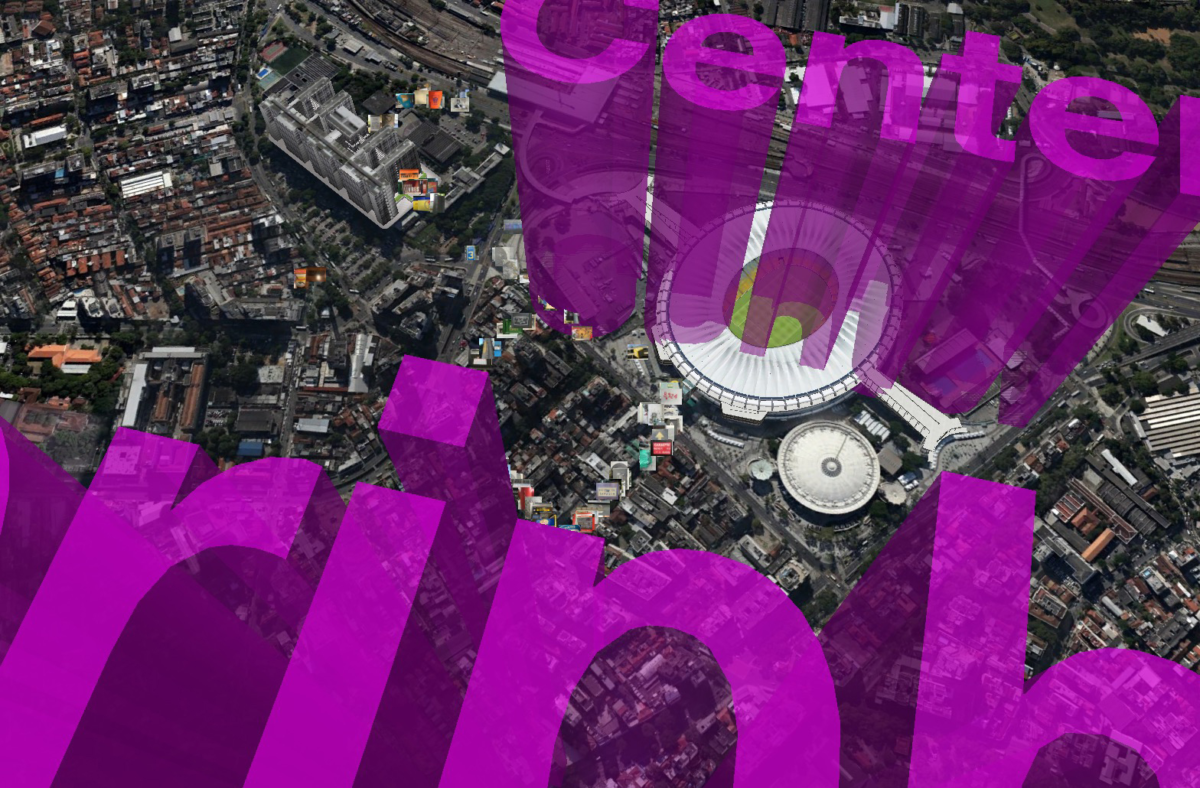Omar Sosa-Tzec
Assistant Professor
University of Michigan
This research introduces a
framework named design delight, which
is intended to analyze and give form to features of design products that provoke
delight. In all human experiences, including designed experiences, delight
plays a significant role. Particularly in modern societies, whose everyday life
can be stressful, encountering moments of high pleasure can remind people that
good things and individuals are part of such a life. It is no surprise that
delight has been acknowledged as noteworthy element of experiences shaped by
design. Design products that are delightful, no matter whether these are
objects, graphics, or services, create emotional bonds, stronger memories,
higher levels of loyalty, engagement, motivation for repurchase, and product promotion
by word of mouth [1]–[6].
Design delight focuses on how
design features are capable of engendering five particular experiential
qualities: surprise, vitality, cuteness, serendipity, and reassurance. For
design delight, these qualities characterize those instants of significant
pleasure that a person encounters while she makes use a design product. Design
delight is attentive to how design features help one or more of these qualities
manifest or become salient in an interval of the user experience. This research
argues that moments of pleasure derived from the combination of surprise, vitality,
cuteness, serendipity, and reassurance constitute a rhetorical dimension of
design products. A designer can make use of these five qualities to influence
people’s behavior, attitudes, and beliefs. Design delight pays particular
attention to how its constituents persuade, promote identification, invite to
understanding, aid in self-discovery and self-knowledge, and shape reality.
Design delight derives from the
semiotic and rhetorical analysis [7]–[9] of numerous design products,
including different kinds of user interfaces and interactive media, analog
objects, and services. It also derives from secondary research on the notions
of pleasure, delight, and aesthetics from the perspective of a variety of
disciplines, including marketing, philosophy, and human-computer interaction.
As a framework, design delight unifies foundations of semiotics, rhetoric, multimodal
argumentation, and design for its theoretical underpinning. Design delight
regards design features as multimodal signs which come into existence through a
combination of six basic elements, namely, the visual, verbal, aural,
olfactory, tactile, and temporal. Seen as signs, design features represent a
means by which the designer communicates her intent; particularly, to invoke
one or more of the five qualities happen. However, this semiotic perspective
also considers that the context of use and how it affects the user’s process of
generating meaning have an impact in how she grasps and reacts to such an
intent.
Design delight is formulated as a
conceptual framework to aid design practitioners and scholars in analyzing and
elaborating on how design features engender significant moments instants of
pleasure. Design delight is not a universal or quantifiable characterization of
delight. Rather, design delight offers design practitioners and scholars a lens
to view delight as something that shapes everyday life through design products.
As making products that are surprising, lively, cute, serendipitous, and
reassuring can contribute to living a good life, they can also lead to
undesirable behaviors, beliefs, and attitudes. Professionals and scholars of
design simply cannot be oblivious to the impact of delight in modern life and
its connection with people’s psychological, physical, and emotional well-being.
Whether design delight is used for generative or analytical purposes, this
framework urges design practitioners and scholars keep in mind that creating
pleasurable products entails an ethical responsibility.
References
[1] M. W. Alexander, “Customer Delight:
A Review,” Academy of Marketing Studies Journal; Arden, vol. 14, no. 1,
pp. 39–53, 2010.
[2] M. J. Arnold, K.
E. Reynolds, N. Ponder, and J. E. Lueg, “Customer delight in a retail context:
investigating delightful and terrible shopping experiences,” Journal of
Business Research, vol. 58, no. 8, pp. 1132–1145, Aug. 2005.
[3] R. Chitturi, R.
Raghunathan, and V. Mahajan, “Delight by Design: The Role of Hedonic versus
Utilitarian Benefits,” Journal of Marketing, vol. 72, no. 3, pp. 48–63,
2008.
[4] J. S.-C. Hsu,
T.-C. Lin, T.-W. Fu, and Y.-W. Hung, “The effect of unexpected features on app
users’ continuance intention,” Electronic Commerce Research and Applications,
vol. 14, no. 6, pp. 418–430, Oct. 2015.
[5] A. Kumar, R. W.
Olshavsky, and M. F. King, “Exploring alternative antecedents of customer
delight,” Journal of Consumer Satisfaction, Dissatisfaction and Complaining
Behavior, vol. 14, pp. 14–26, 2001.
[6] R. T. Rust and R.
L. Oliver, “Should we delight the customer?,” J. of the Acad. Mark. Sci.,
vol. 28, no. 1, p. 86, 2000.
[7] C. S. de Souza,
C. F. Leitão, R. O. Prates, S. Amélia Bim, and E. J. da Silva, “Can inspection
methods generate valid new knowledge in HCI? The case of semiotic inspection,” International
Journal of Human-Computer Studies, vol. 68, no. 1–2, pp. 22–40, Jan. 2010.
[8] O. Sosa-Tzec and
M. A. Siegel, “Rhetorical Evaluation of User Interfaces,” in Proceedings of
the 8th Nordic Conference on Human-Computer Interaction: Fun, Fast,
Foundational, New York, NY, USA, 2014, pp. 175–178.
[9] J. Bardzell, “Interaction criticism: An introduction to the practice,” Interacting with Computers, vol. 23, no. 6, pp. 604–621, 2011.
This research was presented at the Design Incubation Colloquium 6.2: CAA 2020 Conference Chicago on February 14, 2020.
Like this:
Like Loading...



